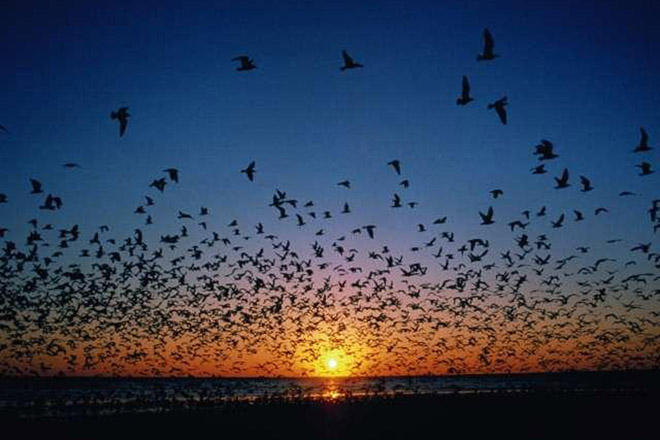The number of birds in southern Germany declined strongly and scientists are fearing that the development in other regions of Germany was similar, according to a study released on Monday by the German Max Planck Foundation, Trend reports citing Xinhua.
Whereas in 1980, there were around 465,000 breeding pairs living around Lake Constance, by 2012 there were only 345,000, which represented a loss of 25 percent, the study revealed.
According to the study, the changes in nature if the Lake Constance region in recent decades would be "typical for densely populated areas with intensive agriculture and forestry".
"The collapse in the population numbers of many species, as we found them at Lake Constance, is therefore also taking place with great certainty in other regions," warned Hans-Guenther Bauer of the Max Planck Institute for Behavioral Biology.
To collect the data, the scientists had counted all the birds on an area of around 1,100 square kilometers around Lake Constance. Previously, the ornithologists had recorded the populations for the first time between 1980 and 1981 and then every ten years.
According to the study, of the 158 different bird species around Lake Constance, 68 species have increased and 67 have decreased in numbers.
The total number of species had even increased slightly. Eight extinct species would be joined by 17 that have either newly settled in or returned to their old habitat.
The reason for this "apparent contradiction" would be that especially frequently occurring species have declined sharply in number, the study read.
Out of the ten most common birds in the Lake Constance area, the population of six had declined massively, two remained unchanged and only two have increased. The population of the house sparrow, which had been the most common species in 1980, has fallen by 50 percent since then.
"These are truly shocking figures, especially when you consider that the decline in birds began decades before our first data collection in 1980," added Bauer.
It would be "striking" that different habitats were affected differently. According to the study, the birds around Lake Constance were mainly found in landscapes that were "intensively used by humans".
According to the study, 71 percent of the species living on meadows and fields are "experiencing partly drastic population losses".
One of the main reasons for this decline was the loss of food. "This confirms what we have long suspected. The death of insects caused by humans has a massive impact on our birds," Bauer said.
To halt the loss of biodiversity, the scientists are calling for a rethink in agricultural and forestry policy.
Measures that would benefit birds would include "drastic restrictions on insecticides and herbicides in agriculture, forestry, public areas and private gardens" and significantly less fertilization.






